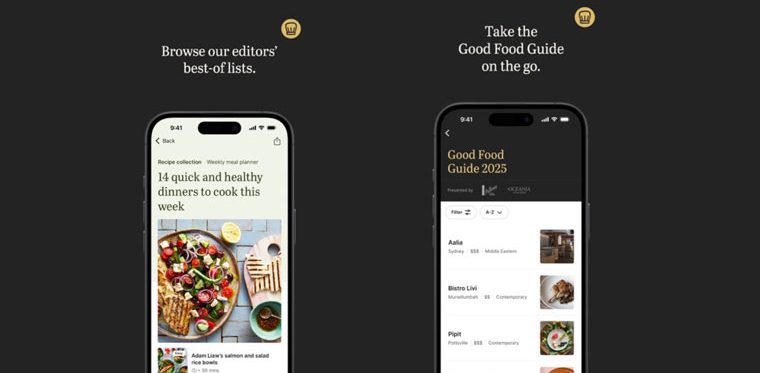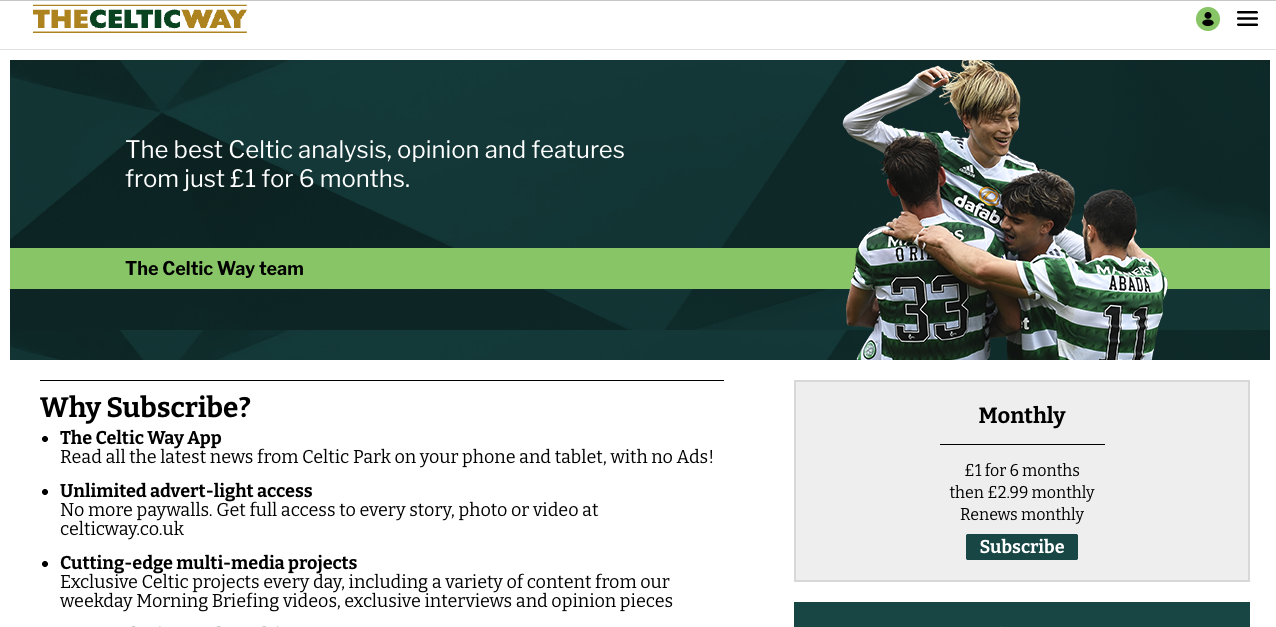
Newsletter
Newsletter
Registration is a great tool to get to know your users, and we highlight tips from Poool on how it supports UX and your subscription strategy.
14th April 2023

In the Pugpig weekly media bulletin, Pugpig’s consulting services director Kevin Anderson and digital growth consultant James Kember distill some of the best strategies and tactics that are driving growth in audiences, revenue and innovation at media businesses around the world.
Registration walls have become an increasingly popular strategy for publishers who are looking to leverage their content to increase the number of known users, grow their paying subscribers and monetise users who are unlikely to subscribe. Initiatives like the Independent’s A2K strategy, which we’ve spoken about before in the Bulletin, demonstrate just how powerful registration can be. For the Independent, registered users are 11 times more engaged than anonymous ones.
However, building a registration wall is not a silver bullet for all of the engagement challenges faced by publishers, and they are best applied intelligently to avoid increasing bounce rates and becoming a hindrance to users. In her article for The Fix, Madeline White, Editor-in-Chief of The Audiencers at Poool (a subscription and paywall suite) offers four tips for publishers looking to improve their registration strategy.
White points out that as with subscription, registration relies on a value exchange. Most publishers are pretty good at this aspect as the value is clear: The user needs to exchange details to access the content. However, something often not appreciated is the increasing sensitivity of the consumer in how their data is being used. Therefore, to maximise uptake the publisher needs to make it clear why they’re asking for it. White uses the example of ITVX, where each data point requested is accompanied by a caption explaining why ITV needs the data point. This provides a premium experience to the user as well as transparency.
White’s second recommendation is to treat registration as a stepping stone within the subscription journey, rather than an end in itself. She uses the example of the Independent, who have a phased approach. Anonymised users are allowed to access content, but commenting is reserved for registered users whilst bookmarking is a functionality only available to subscribers. Also, the registration process captures data that is used to encourage subscription. For example, interests that are declared can be leveraged in future marketing communications.
At Pugpig consulting we have lots of conversations with clients about the post-subscription onboarding journey. Multiple studies have shown the benefits of onboarding, for example, Denník SME in Slovakia saw a 40% increase in LTV from users that completed the process. Alongside, we are increasingly discussing the benefits of using the same tools and approach for registration. White’s article highlights The New York Times, which uses the same steps that we’d typically see in subscriber onboarding; newsletter subscriptions, app downloads, and asking questions to personalise the experience. This is all geared towards driving habit and loyalty with the product, which in turn will lead to an increased propensity to subscribe.
White’s final example highlights the importance of using the registration process to improve the overall user experience. The Sydney Morning Herald offers registered users a personal account space where they are able to save items for later and captures viewing history. This portal presents a clear value to the user, but also allows the Morning Herald to capture important data that they can then leverage in their subscription offering, for example via a personalised news feed.
Overall, getting users to register can help publishers build a loyal and engaged user base, while also providing valuable data and revenue opportunities. Pugpig’s Consulting Services team is helping our publishing partners to build similar experiences. If you would like to discuss how we can help you, contact us at info@pugpig.com.
Not only are we witnessing a major realignment with respect to social platforms, but as most publishers are finding, there is a major shift in terms of referrals from social media to their properties.
First off, let’s talk about the great social platform reshuffling that is taking place. Facebook’s audience is ageing, or at least teens are less likely to use it as opposed to Instagram or TikTok. Although, if you really want to reach teens – at least in the US – you will want to think about YouTube, according to the Pew Research Center. And Twitter is in constant turmoil right now, as Elon Musk has attacked news outlets and demanded high fees from them for verification and labelled public media broadcasters NPR, PBS and the BBC as government-funded or state-affiliated media. NPR has responded by suspending its use of Twitter, and Musk has responded on calling them to be defunded. Drama, drama everyday.
And for all of the hand wringing in journalism circles about Twitter’s meltdown and its impact on journalism, it bears repeating. Apart from politics and sport, Twitter was really more of the journalism industry’s favourite water cooler rather than a major driver of traffic. And the Press Gazette analysis found that Facebook drove more than 8 times more traffic to news sites than Twitter over the last year.
With all of the change in the social media landscape, publishers are seeing search regain the top spot in terms of referrals, according to Chartbeat data reviewed by the Press Gazette. “Search was the main source of external traffic to news websites across the five years of data, with the exception of a brief period in 2019 when social media overtook it,” the analysis found, and the vast majority of that traffic to 546 UK and US news sites came from Google, 95%.
With social media in such flux, publishers are looking for ways to adapt to the changing social landscape, take advantage of the traffic that Google is sending its way but not become overly reliant on any single source of referral traffic.
When it comes to taking better advantage of search, what we have found at Pugpig Consulting is that when analysing your traffic from Google, it’s important to use Google Search Console as well as Google Analytics. As we have highlighted previously on the Media Bulletin, if you see a large spike in direct/none referral traffic, you probably had a breakout piece on Google Discover. Discover sends personalised recommendations to users of Chrome or to Android users or iOS users who have Google’s app installed. Due to the personalisation, Discover has a higher click through rate than search or Google News, and this can lead to higher conversion rates.
The American Press Institute recently ran an event to discuss how newsrooms are adapting to the changes in social media platforms. API found that publishers are more open to experimenting with new platforms and not just Instagram and TikTok. Key to these experiments is an intentional approach that appreciates the unique features of the platform and the culture or community norms that each platform has. For instance:
With all of these changes, API also said that publishers are looking to improve their own platforms and have been evaluating their own websites and apps. In a time of change, it is very important to make sure that your own products are best in class so that no matter how audiences find you that they have the best experience possible.
Here are some of the most important headlines about the business of news and publishing as well as strategies and tactics in product management, analytics and audience engagement.

Newsletter

Newsletter

Newsletter

Newsletter

Newsletter